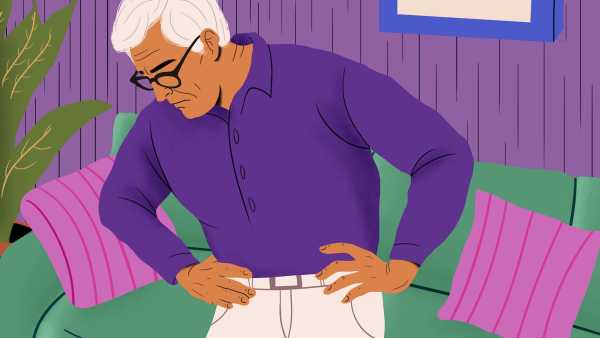
People can become infected with La Crosse virus after being bitten by a mosquito that carries the virus. (Photo courtesy of James D. Gathany via CDC PHIL)
Disease Name: La Crosse Virus Disease
Affected populations: La Crosse virus disease is a rare viral illness that is transmitted to people through mosquito bites. The name comes from La Crosse County, Wisconsin, where doctors first identified the disease in the 1960s.
In the United States, approximately 30 to 90 cases of La Crosse virus are reported each year. About 60% of these cases occur in men, and 90% occur in people under 20 years of age.
Transmission of La Crosse virus occurs most frequently in the late spring and early fall when mosquito populations peak. Most cases occur in the northern Midwest, mid-Atlantic, and southeastern United States. No cases have been reported outside the United States.
Causes: La Crosse virus disease is caused by the La Crosse virus, which is transmitted to humans through the bites of mosquitoes that carry the germ. The virus is most often transmitted by a species known as Aedes triseriatus. As the name suggests, these mosquitoes typically breed in tree cavities and lay their eggs in open containers of standing water.
People who live, work, or play in wooded areas have a higher risk of becoming infected with La Crosse virus because they are more likely to come into contact with A. triseriatus mosquitoes.
Once in the human body, the La Crosse virus can penetrate the central nervous system, including the brain, and infect and damage neurons located there.
La Crosse virus disease is not transmitted from person to person; the only way humans can become infected is directly through mosquito bites. Mosquitoes cannot pick up the virus from infected humans because it never reaches high enough levels in the blood. Humans are therefore considered “dead-end” hosts for La Crosse virus. (In the environment, mosquitoes pick up the virus from small mammals such as squirrels and chipmunks.)

The La Crosse virus can enter the human brain and affect neurons, causing significant inflammation.
Symptoms: About 96% of people exposed to the La Crosse virus have no symptoms. The small proportion who do may initially experience fever, headache, nausea, and vomiting. These symptoms may appear within three to 10 days after being bitten by an infected mosquito.
In some people, particularly children under 16, these symptoms can then develop into more serious illnesses. For example, the virus can cause inflammation of the brain, known as encephalitis. About 75% of the cases in La Crosse related to encephalitis
Sourse: www.livescience.com





